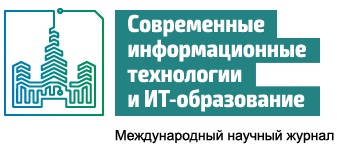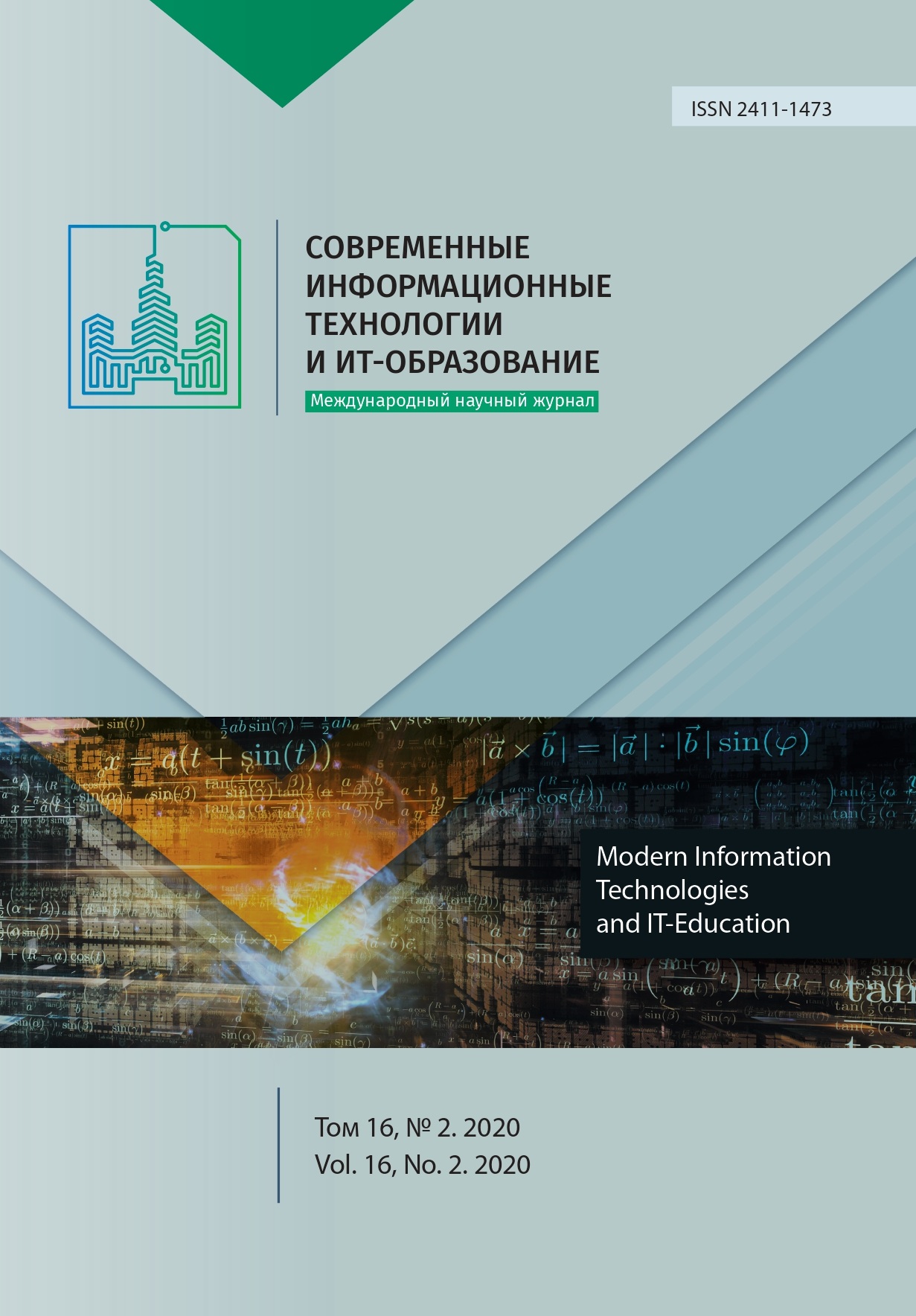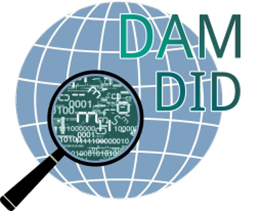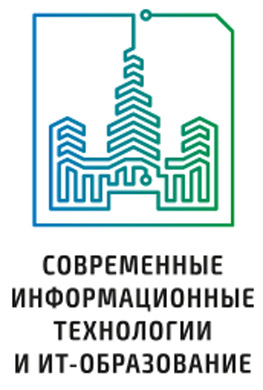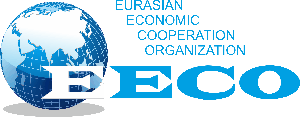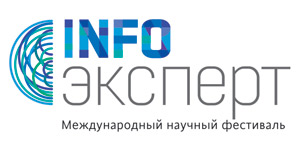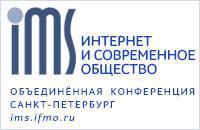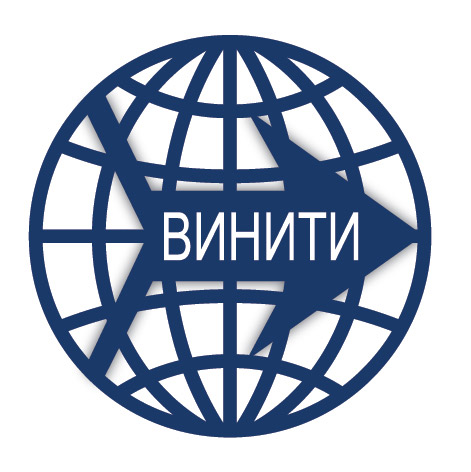Аналитический обзор методов построения туманных вычислений
Аннотация
Интернет вещей (Internet of Things, IoT) – одно из самых быстроразвивающихся направлений инфокоммуникаций в настоящее время. IoT получил широкое распространение во многих сферах человеческой жизни: от систем безопасности и здравоохранения, до автоматизации промышленных объектов и управления логистикой. Системы Интернета вещей являются основным мотивационным аспектом для развития таких направлений как большие данные и их обработка. Так как IoT молодая концепция, то данных для реалистичного прогнозирования роста трафика таких систем и сетей крайне мало. Трафик IoT зависит от системы его генерирующей. Даже при наличии данных о трафике, создаваемом одним элементарным устройством, его нельзя описать строгой закономерностью. Нет статистических данных о часах наибольшей нагрузки, т. к. данный трафик агрегирует с прочими видами трафика, поступающими от сетей передачи данных. Иными словами, нет сценария моделирования. Чтобы прогнозирование было возможным и наиболее точным, необходимо рассмотреть, как работают интеллектуальные системы в целом, по какому принципу происходит обмен информацией внутри такой системы и вне ее. Для этого подлежат изучению применяемые методы обработки информации в IoT-системах – вычисления, а именно получившие широкое распространения, благодаря ограниченности вычислительных и транспортных ресурсов, туманные вычисления. Данное исследование будет состоять из нескольких частей, первая из которых включает в себя аналитический обзор методов построения туманных вычислений. Перспективой текущей работы в целом станет совмещение ее выводов с результатами предыдущего исследования трафика устройств Интернета вещей, результатом которого будет реалистичная модель прогнозирования нагрузки, оказываемой IoT-трафиком на сеть связи.
Литература
[2] Vermesan O., Friess P. Internet of Things Applications: From Research and Innovation to Market Deployment. River Publishers; 2014. (In Eng.)
[3] Lodneva O.N., Romasevich E.P. Analysis of Devices Traffic of the Internet of Things. Sovremennye informacionnye tehnologii i IT-obrazovanie = Modern Information Technologies and IT-Education. 2018; 14(1):149-169. (In Russ., abstract in Eng.) DOI: https://doi.org/10.25559/SITITO.14.201801.149-169
[4] Lodneva O.N. Simulation of Devices Traffic the Internet of Things. In: Sukhomlin V.A. (ed.) Proceedings of the XIII International Scientific Conference Modern Information Technologies and IT-Education. Maks Press, Moscow; 2019. p. 71-83. Available at: https://www.elibrary.ru/item.asp?id=38581952 (accessed 01.05.2020). (In Eng., abstract in Russ.)
[5] Bellavista P., Berrocal J., Corradi A., Das S.K., Foschini L., Zanni A. A survey on fog computing for the Internet of Things. Pervasive and Mobile Computing. 2019; 52:71-99. (In Eng.) DOI: https://doi.org/10.1016/j.pmcj.2018.12.007
[6] Rahmani A., Liljeberg P., Preden J.-S., Jantsch A. (ed.) Fog Computing in the Internet of Things: Intelligence at the Edge. Springer International Publishing, 2018. (In Eng.) DOI: https://doi.org/10.1007/978-3-319-57639-8
[7] Alli A.A., Alam M.M. The fog cloud of things: A survey on concepts, architecture, standards, tools, and applications. Internet of Things. 2020; 9:100177. (In Eng.) DOI: https://doi.org/10.1016/j.iot.2020.100177
[8] Greenberg A. Networking the Cloud. In: 2009 29th IEEE International Conference on Distributed Computing Systems. Montreal, QC; 2009. p. 264-264. (In Eng.) DOI: https://doi.org/10.1109/ICDCS.2009.86
[9] Zhang Y., Ren J., Liu J., Xu C., Guo H., Liu Y. A Survey on Emerging Computing Paradigms for Big Data. Chinese Journal of Electronics. 2017; 26(1):1-12. (In Eng.) DOI: https://doi.org/10.1049/cje.2016.11.016
[10] Koldehofe B., Ottenwälder B., Rothermel K., Ramachandran U. Moving range queries in distributed complex event processing. In: Proceedings of the 6th ACM International Conference on Distributed Event-Based Systems (DEBS'12). Association for Computing Machinery, New York, NY, USA; 2012. p. 201-212. (In Eng.) DOI: https://doi.org/10.1145/2335484.2335507
[11] Ganti R.K., Ye F., Lei H. Mobile crowdsensing: current state and future challenges. IEEE Communications Magazine. 2011; 49(11):32-39. (In Eng.) DOI: https://doi.org/10.1109/MCOM.2011.6069707
[12] Concone F., Lo Re G., Morana M. SMCP: a Secure Mobile Crowdsensing Protocol for fog-based applications. Human-centric Computing and Information Sciences. 2020; 10:28. (In Eng.) DOI: https://doi.org/10.1186/s13673-020-00232-y
[13] Naha R.K., Garg S., Georgakopoulos D., Jayaraman P.P., Gao L., Xiang Y., Ranjan R. Fog Computing: survey of trends, architectures, requirements, and research directions. IEEE Access. 2018; 6:47980-48009. (In Eng.) DOI: https://doi.org/10.1109/ACCESS.2018.2866491
[14] Dubey H., Yang J., Constant N., Amiri A.M., Yang Q., Makodiya K. Fog Data: Enhancing Telehealth Big Data Through Fog Computing. In: Proceedings of the ASE BigData & SocialInformatics 2015 (ASE BD&SI'15). Association for Computing Machinery, New York, NY, USA; 2015. Article 14. p. 1-6. (In Eng.) DOI: https://doi.org/10.1145/2818869.2818889
[15] Dvornikov A.A. Fog Computing Platform Based On Wireless Sensor Networks. Quality. Innovation. Education. 2014; (8):64-70. Available at: https://www.elibrary.ru/item.asp?id=22305434 (accessed 01.05.2020). (In Eng., abstract in Russ.)
[16] Castillo-Cara M., Huaranga-Junco E., Quispe-Montesinos M., Orozco-Barbosa L., Antúnez E.A. FROG: A Robust and Green Wireless Sensor Node for Fog Computing Platforms. Journal of Sensors. 2018; 2018:3406858. (In Eng.) DOI: https://doi.org/10.1155/2018/3406858
[17] Aazam M., Huh E. Fog Computing Micro Datacenter Based Dynamic Resource Estimation and Pricing Model for IoT. 2015 IEEE 29th International Conference on Advanced Information Networking and Applications. Gwangiu, 2015. p. 687-694. (In Eng.) DOI: https://doi.org/10.1109/AINA.2015.254
[18] Arkian H.R., Diyanat A., Pourkhalili A. MIST: Fog-based data analytics scheme with cost-efficient resource provisioning for IoT crowdsensing applications. Journal of Network and Computer Applications. 2017; 82:152-165. (In Eng.) DOI: https://doi.org/10.1016/j.jnca.2017.01.012
[19] Luan T.H., Gao L., Li Z., Xiang Y., Wei G., Sun L. Fog Computing: Focusing on Mobile Users at the Edge. arXiv:1502.01815. 2016. Available at: https://arxiv.org/abs/1502.01815 (accessed 01.05.2020). (In Eng.)
[20] Dastjerdi A.V., Gupta H., Calheiros R.N., Ghosh S.K., Buyya R. Fog computing: Principles, architectures, and applications. In: Buyya R., Dastjerdi A. (ed.) Internet of Things: Principle & Paradigms. Morgan Kaufmann, Burlington, Massachusetts, USA; 2016. Available at: https://arxiv.org/abs/1601.02752 (accessed 01.05.2020). (In Eng.)
[21] Giang N.K., Blackstock M., Lea R., Leung V.C.M. Developing IoT applications in the Fog: A Distributed Dataflow approach. In: 2015 5th International Conference on the Internet of Things (IoT). Seoul; 2015. p. 155-162. (In Eng.) DOI: https://doi.org/10.1109/IOT.2015.7356560
[22] Hosseinpour F., Plosila J., Tenhunen H. An Approach for Smart Management of Big Data in the Fog Computing Context. In: 2016 IEEE International Conference on Cloud Computing Technology and Science (CloudCom). Luxembourg City; 2016. p. 468-471. (In Eng.) DOI: https://doi.org/10.1109/CloudCom.2016.0080
[23] Mostafavi S., Shafik W. Fog Computing Architectures, Privacy and Security Solutions. Journal of Communications Technology, Electronics and Computer Science. 2019; 24:1-14. (In Eng.) DOI: https://doi.org/10.22385/jctecs.v24i0.292
[24] Munir A., Kansakar P., Khan S.U. IFCIoT: Integrated Fog Cloud IoT: A novel architectural paradigm for the future Internet of Things. IEEE Consumer Electronics Magazine. 2017; 6(3):74-82. (In Eng.) DOI: https://doi.org/10.1109/MCE.2017.2684981
[25] Bonomi F., Milito R., Zhu J., Addepalli S. Fog computing and its role in the internet of things. In: Proceedings of the first edition of the MCC workshop on Mobile cloud computing (MCC'12). Association for Computing Machinery, New York, NY, USA; 2012. p. 13-16. (In Eng.) DOI: https://doi.org/10.1145/2342509.2342513
[26] Naha R.K., Garg S., Chan A. Fog-computing architecture: survey and challenges. In: Khan M.U.S., Khan S.U., Zomaya A.Y. Big Data-Enabled Internet of Things. The Institution of Engineering and Technology; 2019. (In Eng.) DOI: https://doi.org/10.1049/PBPC025E_ch10

Это произведение доступно по лицензии Creative Commons «Attribution» («Атрибуция») 4.0 Всемирная.
Редакционная политика журнала основывается на традиционных этических принципах российской научной периодики и строится с учетом этических норм работы редакторов и издателей, закрепленных в Кодексе поведения и руководящих принципах наилучшей практики для редактора журнала (Code of Conduct and Best Practice Guidelines for Journal Editors) и Кодексе поведения для издателя журнала (Code of Conduct for Journal Publishers), разработанных Комитетом по публикационной этике - Committee on Publication Ethics (COPE). В процессе издательской деятельности редколлегия журнала руководствуется международными правилами охраны авторского права, нормами действующего законодательства РФ, международными издательскими стандартами и обязательной ссылке на первоисточник.
Журнал позволяет авторам сохранять авторское право без ограничений. Журнал позволяет авторам сохранить права на публикацию без ограничений.
Издательская политика в области авторского права и архивирования определяются «зеленым цветом» в базе данных SHERPA/RoMEO.
Все статьи распространяются на условиях лицензии Creative Commons «Attribution» («Атрибуция») 4.0 Всемирная, которая позволяет другим использовать, распространять, дополнять эту работу с обязательной ссылкой на оригинальную работу и публикацию в этом журналe.
